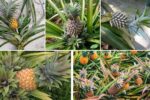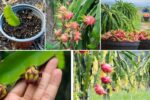Dragon fruit, also known as pitaya, is a fast-growing, nutrient-loving cactus that thrives with proper care—especially when it comes to fertilization. If you’re growing dragon fruit at home or commercially, understanding which fertilizers work best is essential to promote vigorous growth, abundant flowering, and high-quality fruit production. In this comprehensive guide, we’ll explore everything you need to know about fertilizing dragon fruit plants: from nutrient requirements to types of fertilizers and application techniques.
Why Fertilizing Dragon Fruit Matters
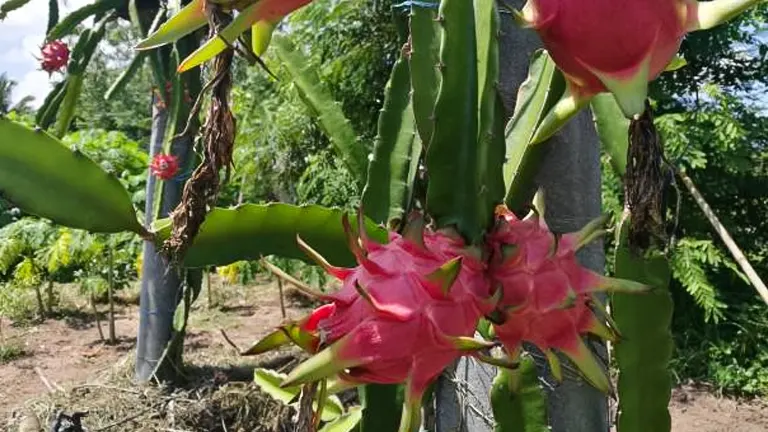
Dragon fruit plants are epiphytic cacti, which means they typically grow in low-nutrient environments. However, when cultivated in containers or gardens, they benefit significantly from supplemental feeding. Proper fertilization helps:
- Improve plant vigor and stem thickness
- Boost flowering and fruit yield
- Enhance fruit size and sweetness
- Prevent nutrient deficiencies and diseases
Fertilizer is the key to unlocking your dragon fruit plant’s full potential.
Understanding Dragon Fruit Nutritional Needs
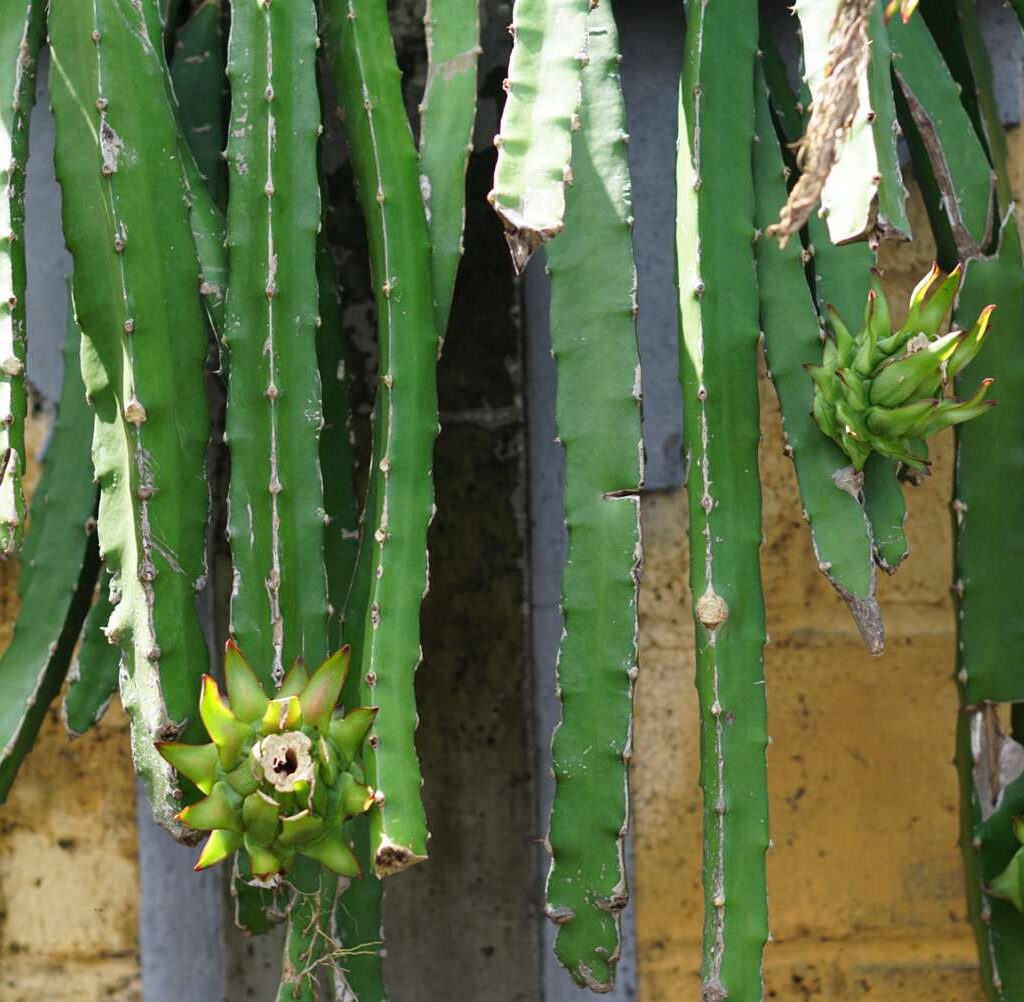
To choose the right fertilizer, you must first understand the plant’s nutritional requirements. Dragon fruit needs both macronutrients and micronutrients:
1. Macronutrients
- Nitrogen (N): Encourages vegetative growth (stems and branches)
- Phosphorus (P): Promotes root development and flower production
- Potassium (K): Essential for fruit development and overall plant health
A balanced N-P-K ratio is crucial during the early stages, but the ratio should change as the plant matures.
2. Micronutrients
- Calcium: Strengthens cell walls and prevents fruit cracking
- Magnesium: Important for photosynthesis
- Iron, Zinc, Manganese, Copper, and Boron: Support various physiological processes
Types of Fertilizers for Dragon Fruit
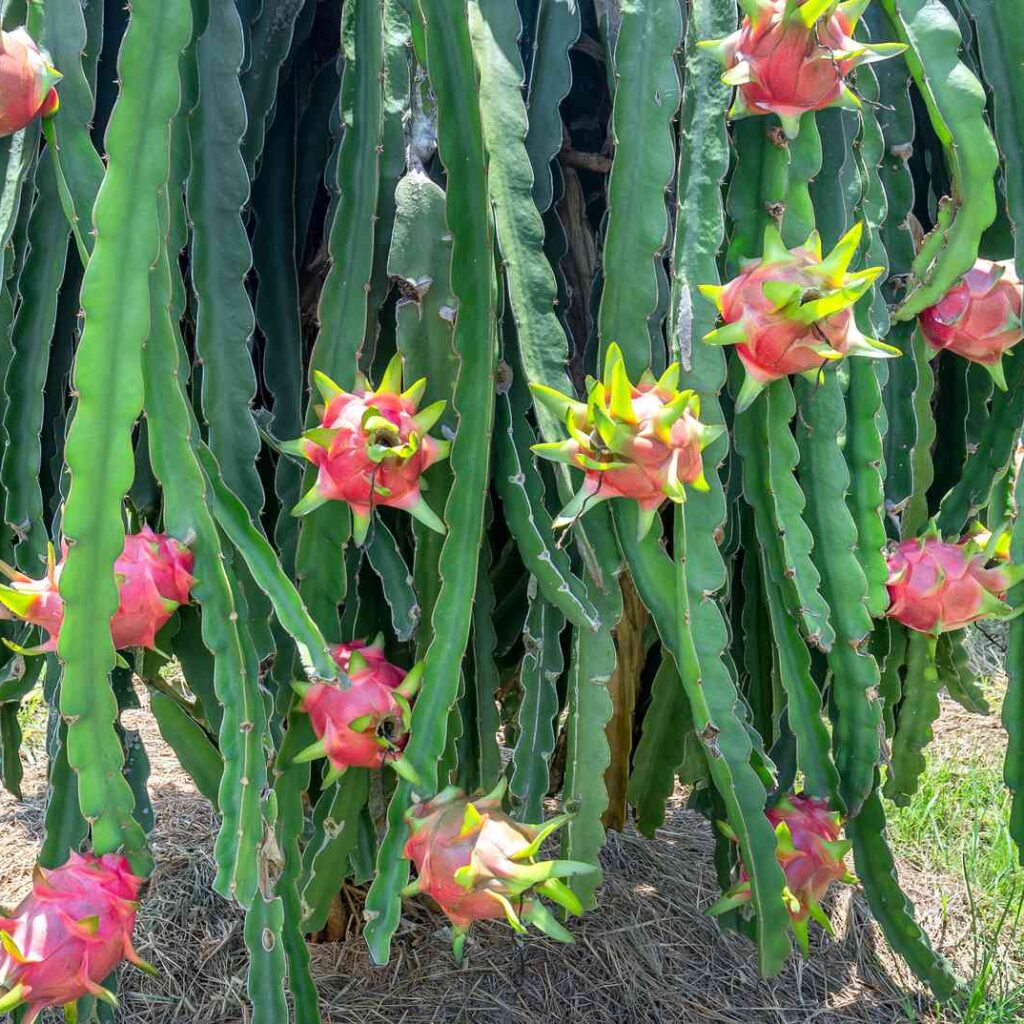
1. Organic Fertilizers
Organic fertilizers are derived from natural sources and release nutrients slowly, making them ideal for long-term soil health.
a. Compost
- Adds organic matter and boosts microbial activity
- Improves soil texture and moisture retention
b. Worm Castings
- Rich in nitrogen, phosphorus, and potassium
- Contains beneficial microorganisms
c. Manure (well-rotted cow, goat, or poultry)
- Provides essential nutrients
- Must be aged to avoid burning roots
d. Bone Meal
- High in phosphorus for root and flower development
- Excellent for early growth stages
e. Seaweed Extract or Fish Emulsion
- Contains trace elements and growth hormones
- Promotes resilience and flowering
2. Chemical Fertilizers
Chemical (synthetic) fertilizers deliver nutrients quickly and are often used in commercial production.
a. Balanced NPK Fertilizers (e.g., 10-10-10 or 14-14-14)
- Ideal for young plants to encourage balanced growth
b. High-Phosphorus Fertilizers (e.g., 10-30-10)
- Used before and during flowering to boost bloom development
c. High-Potassium Fertilizers (e.g., 0-0-50 or 5-10-30)
- Applied during fruiting stage for better fruit quality
d. Micronutrient Mixes
- Supplements for calcium, magnesium, and iron deficiencies
Fertilizer Schedule for Dragon Fruit

Dragon fruit plants have different nutritional needs depending on their growth stage. Here’s a recommended feeding timeline:
1. Young Plants (0–6 months)
- Use a balanced organic fertilizer every 4–6 weeks
- Apply compost and worm castings to improve soil health
- Avoid high nitrogen levels to prevent soft, leggy growth
2. Vegetative Stage (6–12 months)
- Apply a balanced NPK fertilizer (e.g., 10-10-10) monthly
- Include magnesium sulfate (Epsom salt) to aid in chlorophyll production
- Foliar feed with seaweed extract every 2–3 weeks
3. Flowering Stage
- Switch to a phosphorus-rich fertilizer (e.g., 10-30-10)
- Apply bone meal and bloom boosters
- Reduce nitrogen to prevent excessive leafy growth
4. Fruiting Stage
- Use high-potassium fertilizer (e.g., 0-0-50 or 5-10-30)
- Incorporate calcium and magnesium to improve fruit set
- Water regularly after applying fertilizer to help absorption
How to Apply Fertilizers to Dragon Fruit
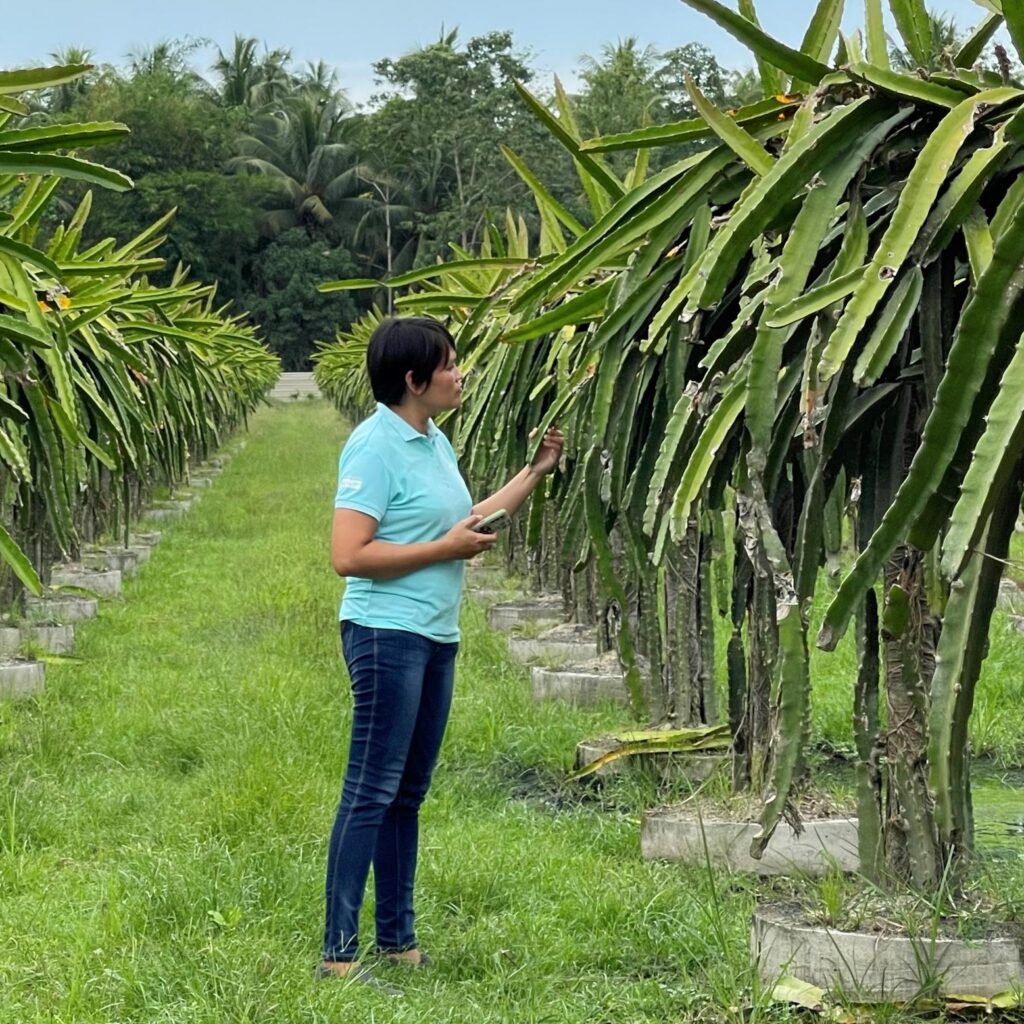
1. Soil Application
- Spread dry granular fertilizer around the base of the plant, 6–12 inches from the stem
- Lightly dig into the topsoil to mix it in
- Water thoroughly to dissolve and distribute nutrients
2. Liquid Feeding
- Dilute water-soluble fertilizers in water
- Apply as a drench to the base or spray directly onto the leaves (foliar feeding)
- Use every 2–4 weeks depending on the growth stage
3. Foliar Sprays
- Best for micronutrients and quick nutrient correction
- Spray early in the morning or late afternoon to avoid leaf burn
Signs of Nutrient Deficiency in Dragon Fruit
Identifying nutrient issues early helps maintain healthy growth and maximize productivity.
| Deficiency | Symptoms |
|---|---|
| Nitrogen | Pale green or yellowing stems, slow growth |
| Phosphorus | Poor root development, fewer flowers |
| Potassium | Leaf tips turning brown, poor fruit development |
| Magnesium | Yellowing between leaf veins |
| Iron | New growth turns yellow while veins remain green |
Correct these issues by adjusting your fertilizer regimen accordingly.
Common Fertilization Mistakes to Avoid
- Over-fertilizing: Too much nitrogen can lead to weak, floppy growth and reduced flowering.
- Using fresh manure: Can burn roots and introduce pathogens.
- Neglecting micronutrients: Even with proper NPK, plants may suffer without calcium, magnesium, or iron.
- Skipping feeding cycles: Regular feeding ensures continuous growth and fruiting.
- Applying fertilizer too close to the stem: May cause root burn—always spread it around the root zone.
Organic vs. Chemical Fertilizers: Which Is Better?
Both organic and chemical fertilizers have pros and cons:
| Type | Pros | Cons |
|---|---|---|
| Organic | Eco-friendly, improves soil health | Slow release, less concentrated |
| Chemical | Fast-acting, easy to measure | Can harm soil microbes, risk of overuse |
Best practice: Use a combination of both. Start with organic fertilizers to build soil fertility and supplement with chemical fertilizers during flowering and fruiting.
Pro Tips for Maximum Results
- Use mulch (coconut husk, straw, or bark) to retain moisture and release nutrients slowly.
- Test soil pH (ideal range: 6–7) to ensure optimal nutrient uptake.
- Rotate or mix fertilizers to prevent nutrient lockout.
- Always water after fertilizing to prevent salt buildup in the soil.
Conclusion
Fertilizing your dragon fruit plant properly is one of the most effective ways to ensure a healthy, productive harvest. By understanding your plant’s nutrient needs and selecting the right fertilizer for each stage of growth, you can enjoy larger, juicier, and more flavorful fruits from your garden or rooftop. Whether you prefer an organic approach or use synthetic boosters, consistency, balance, and observation are the keys to mastering dragon fruit nutrition.
With the right feeding regimen, your dragon fruit plant will reward you with vibrant growth and delicious results for years to come.

